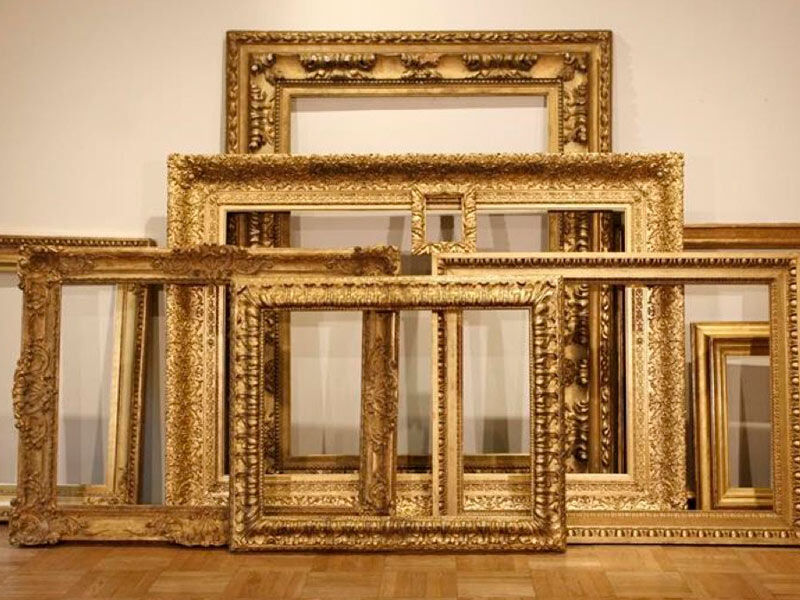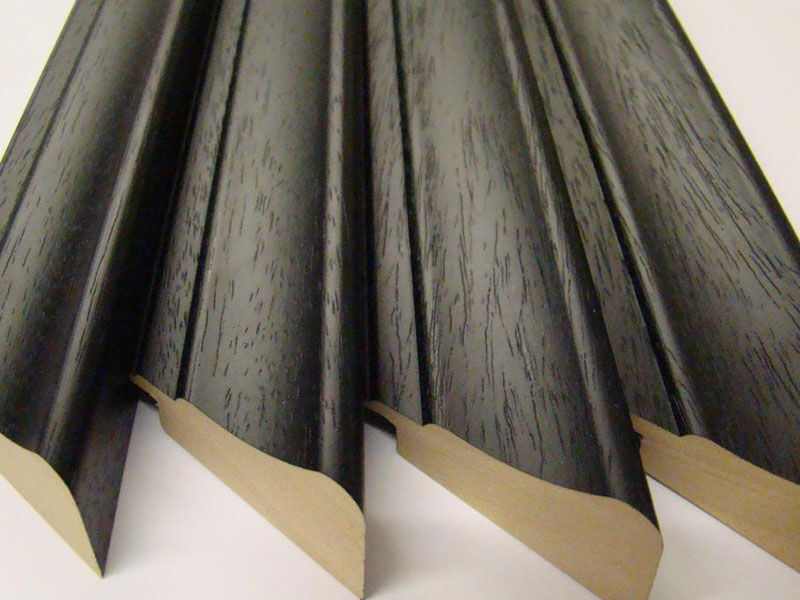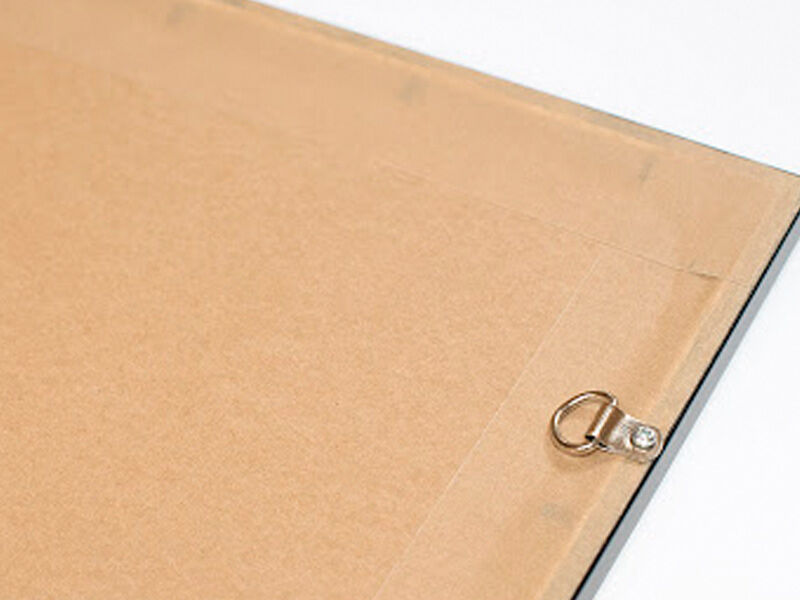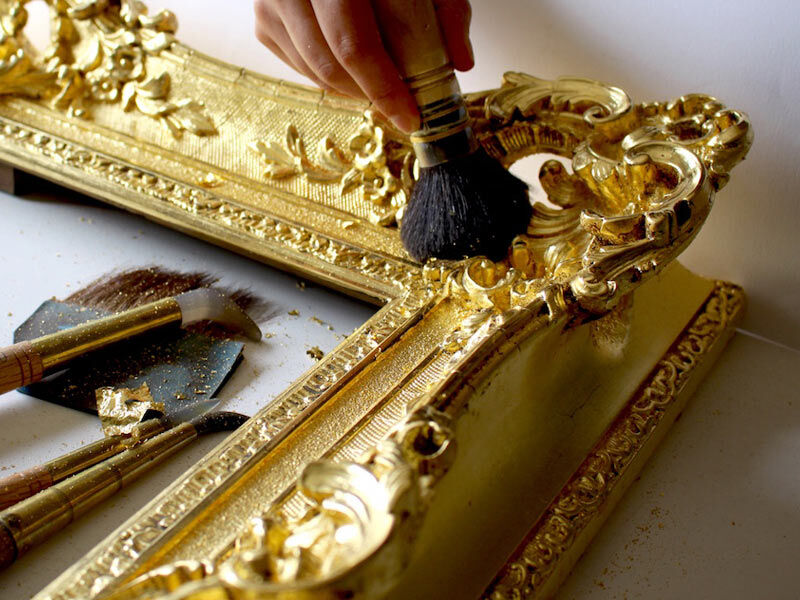Antique Frames
There are many fantastic reproductions of many things in the world today and Antique Frames is one of them.
Antique Frames really are truly stunning pieces of craftsmanship and really do improve with time and age, adding character and value to the frame itself. Being able to determine if a frame is a genuine antique or a reproduction can be increasingly harder, below are a few simple steps to take to help determine if you have a genuine antique or a very good reproduction.

Image credit: https://www.artsy.net/article/artsy-editorial-frame-100-million-painting-leonardo-da-vinci

Image credit: https://www.bramptonframing.com/
Step One – Identify The Material
Antique frames that are older than the 19th century were always made from wood, hand carved and gilded in gold leaf. If you have a picture frame that is made from plaster or anything other than wood it is likely that this frame is 19th century or older.
Using plaster and other materials to make frames became popular at the start of the 19th century. So even if you have a frame with a design that looks like its from an early century but it’s made from anything other than wood the likely hood is that it is not and is a reproduction frame.
Step Two – Check The Frame Back
It is incredibly hard to reproduce ageing on the back part of the frame. The piece of wood that holds in the picture also known as the protective cover.
If your protective cover has warping or wormholes and a huge sign of ageing the likelihood is that the frame will be genuinely old.
Reproduced frames never have wormholes or warping and the protective cover is usually very new in appearance.

Image credit: ukpictureframingsupplies.co.uk

Image credit: https://theframeblog.com/
Step Three – Look For A Classic Shape
Whilst a frames style and design can be helpful in ageing your frame, sadly you can not read too much in to this. Many reproductions can be so good that the style and design is replicated almost flawlessly. Whilst this step can be used to help when finding out the era of your piece the previous steps are more beneficial.
A good example of when design and style can not be used to determine age is the Italian cassetta frame. This frame was introduced in the 13th century, but versions of it continued to be made through the 19th and 20th centuries flawlessly proving hard to tell the difference between the old and newer ones.
Step Four – Look For Gilding Lines
Remember that not every gold finish that you see on a frame is the real thing, many gold finishes are given by using bronze paint or a lesser precious metal.
If your frame has been covered by bronze paint to give it a gold leaf finish this will be noticeable if you look closely. Bronze paint needs to be applied thickly to give the same look so brush strokes are usually visible and easy to detect. Over time the bronze paint will gain a discolouration and turn to a dull brown colour rather than staying gold.
Metal leaf is often used to give the same effect as gold leaf when making a reproduction frame, this is very easy to detect as this always has an orange hue to it.







Leave A Comment